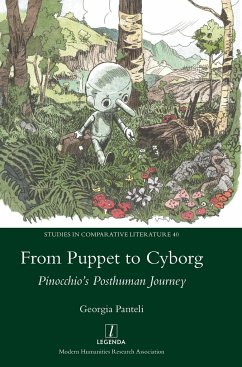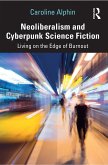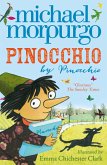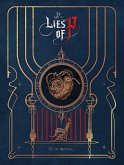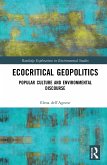What does Pinocchio, the puppet who turns into a real boy, have in common with robots and cyborgs? This comparative study shows how Carlo Collodi's The Adventures of Pinocchio (1883) can shine a fresh light on questions of postmodern and posthuman identities, both in literature and society. The numerous recent retellings of Pinocchio in literature, screen media and graphic novels, are testimony to the growing interest in this field. This analytical reading that goes over a broad range of literary genres and topics, extending from the seminal film Blade Runner (1982) to the graphic novels of Winshluss and Ausonia, reveals the connection between fairy tales and cyborg literature. Special emphasis is given on the desire for humanity, the blue of the Blue Fairy and Pinocchio's growing nose. Georgia Panteli was awarded her PhD in Comparative Literature at CMII, University College London. She teaches Film and Comparative Literature at UCL and at the University of Vienna.
Hinweis: Dieser Artikel kann nur an eine deutsche Lieferadresse ausgeliefert werden.
Hinweis: Dieser Artikel kann nur an eine deutsche Lieferadresse ausgeliefert werden.

